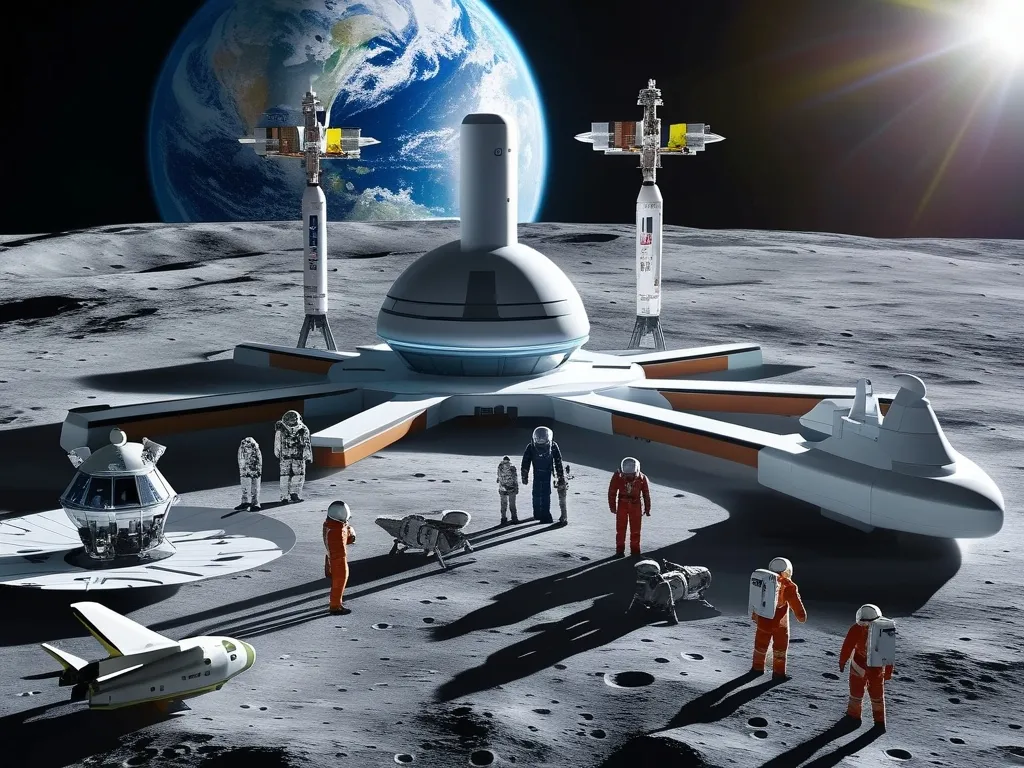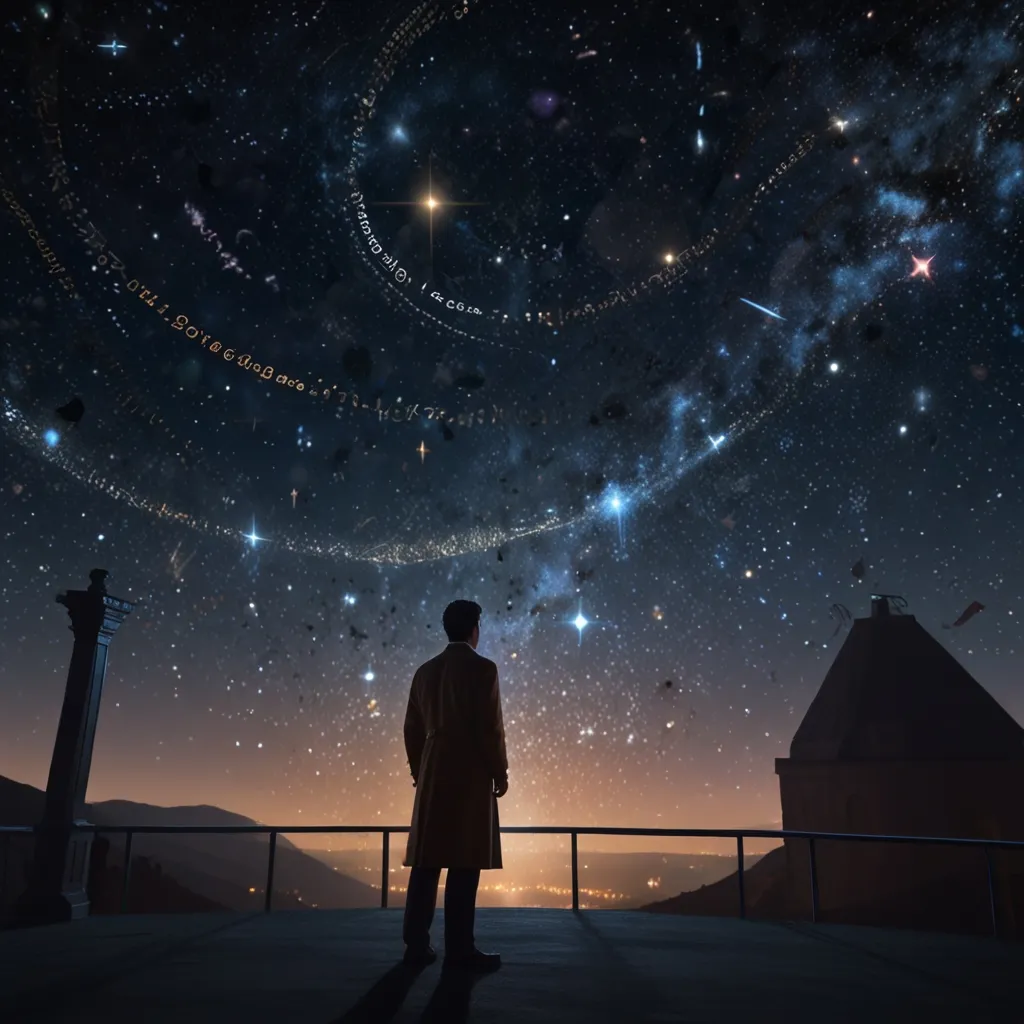Every cell in your body has a set of genetic instructions, all 3.2 billion base pairs long. Imagine trying to decipher that! The insights we could get about the human body would be unparalleled. That’s why, back in 1990, 20 international research centers teamed up for the Human Genome Project. Their mission? Sequence the entire human genome over 15 years with $3 billion in public funds.
But then, in a twist, a private company named Celera made a bold claim. They said they could do the same job in just three years and for way less money. Talks of collaboration between the two broke down due to legal and ethical debates over genetic property. And so, the race was on.
Both teams used the same sequencing tech, but their strategies were worlds apart. The Human Genome Project started by breaking the genome into smaller, manageable chunks. Each fragment was inserted into a bacterial artificial chromosome for cloning and fingerprinting, helping the scientists determine where each piece belonged. This careful mapping approach, known as hierarchical shotgun sequencing, took about six years and minimized the risk of errors.
Celera, on the other hand, took a riskier path. They skipped the mapping and chopped the entire genome into tiny bits. Once these were sequenced, they relied on overlaps to put the genome back together. They had an advantage, though—the Human Genome Project kept their data public within 24 hours of collection, so Celera had access to that map.
Both groups worked tirelessly, and by February 2001, they published drafts covering over 90% of the human genome. It was a tie, several years ahead of the original schedule.
The Human Genome Project’s decision to share data immediately was a game-changer. Normally, scientists keep their data under wraps until they can publish their findings. But this open approach sped up research globally and led to incredible advances in sequencing technology.
Today, sequencing a person’s genome takes just a few days. But figuring out what all those genes do? That’s the next big challenge. The future holds ambitious research initiatives geared towards decoding the functions and controls of our genes.






